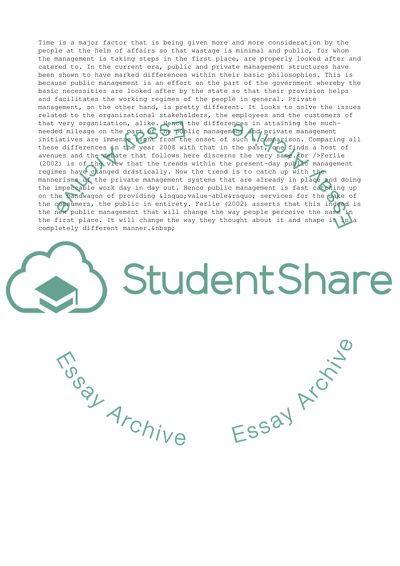Cite this document
(Identify at least two dimensions on which public management and Essay, n.d.)
Identify at least two dimensions on which public management and Essay. https://studentshare.org/management/1713412-identify-at-least-two-dimensions-on-which-public-management-and-private-management-are-alleged-to-differ-by-reference-to-examples-consider-critically-how-re
Identify at least two dimensions on which public management and Essay. https://studentshare.org/management/1713412-identify-at-least-two-dimensions-on-which-public-management-and-private-management-are-alleged-to-differ-by-reference-to-examples-consider-critically-how-re
(Identify at Least Two Dimensions on Which Public Management and Essay)
Identify at Least Two Dimensions on Which Public Management and Essay. https://studentshare.org/management/1713412-identify-at-least-two-dimensions-on-which-public-management-and-private-management-are-alleged-to-differ-by-reference-to-examples-consider-critically-how-re.
Identify at Least Two Dimensions on Which Public Management and Essay. https://studentshare.org/management/1713412-identify-at-least-two-dimensions-on-which-public-management-and-private-management-are-alleged-to-differ-by-reference-to-examples-consider-critically-how-re.
“Identify at Least Two Dimensions on Which Public Management and Essay”. https://studentshare.org/management/1713412-identify-at-least-two-dimensions-on-which-public-management-and-private-management-are-alleged-to-differ-by-reference-to-examples-consider-critically-how-re.


